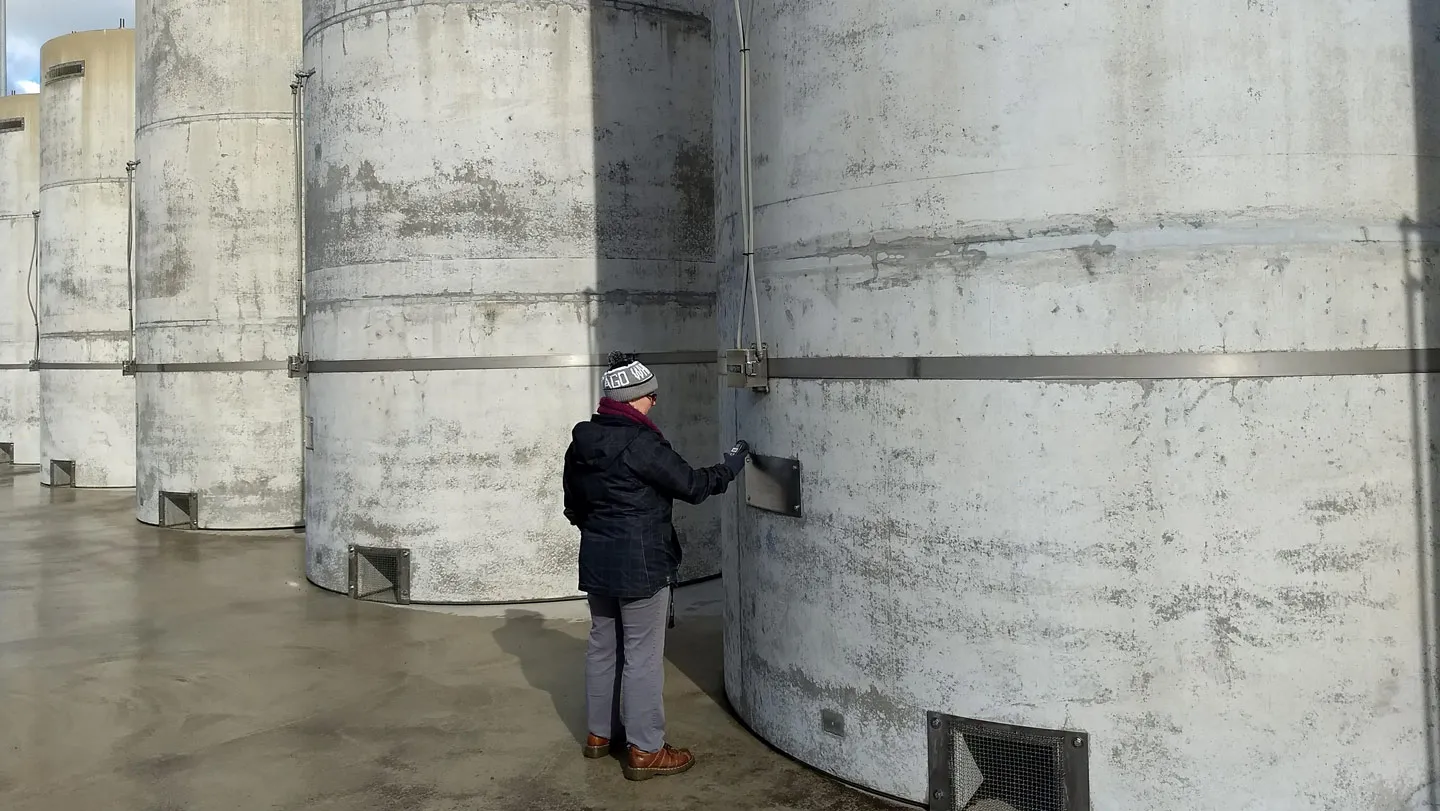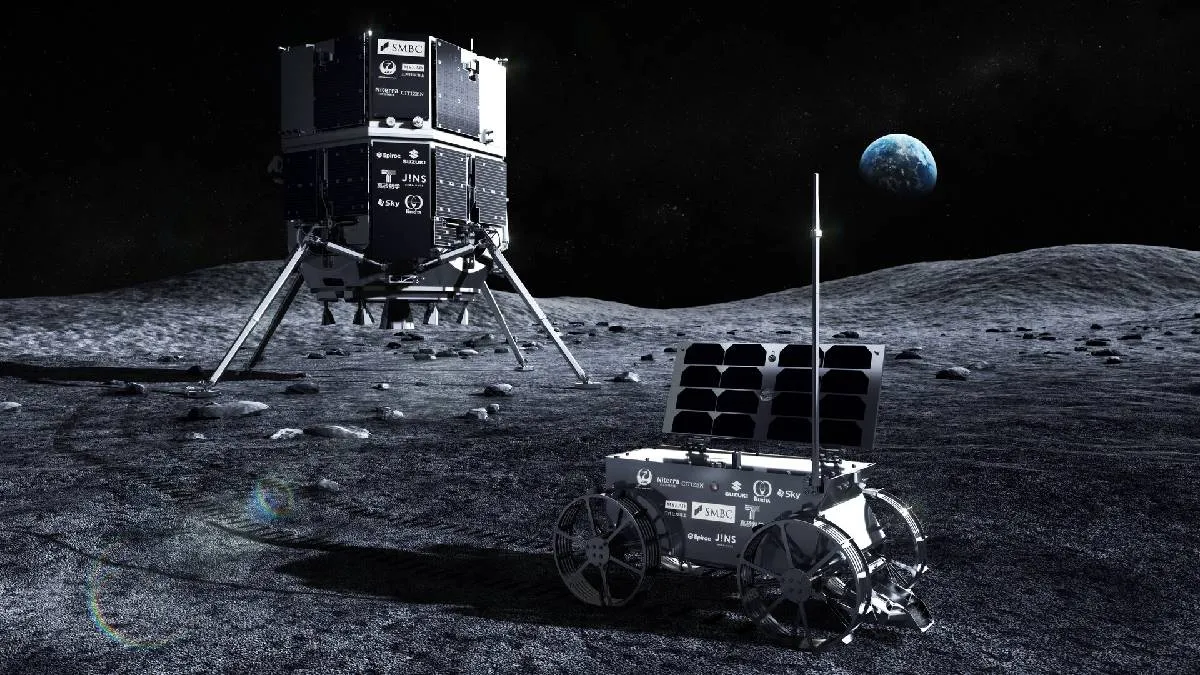Supreme Court Ruling on Nuclear Waste Underscores America’s Deepening Storage Crisis
A recent U.S. Supreme Court decision halting a planned interim nuclear waste site has reignited national debate over where — and how — the country should store its growing stockpile of radioactive materials.
In a decision that could reshape the future of nuclear energy in the United States, the U. S. Supreme Court has blocked the development of a planned interim nuclear waste storage facility in Texas — a ruling that highlights the country’s decades-long struggle to safely manage radioactive materials.
The 5-4 ruling, issued earlier this month, affirmed a lower court decision that sided with the state of Texas and oil industry interests, arguing that the Nuclear Regulatory Commission (NRC) lacked the authority to greenlight the project without congressional approval. The blocked site, proposed by Interim Storage Partners , was designed to hold up to 5,000 metric tons of spent nuclear fuel — the highly radioactive byproduct of America’s 90+ commercial nuclear reactors. > “This is a wake-up call for federal policymakers,” said Allison Macfarlane, former NRC Chair.
“We’ve been kicking the can down the road on nuclear waste for 40 years. ” A Storage System in LimboThe U. S.
produces about 2,000 metric tons of nuclear waste annually , yet has no permanent geological repository. Instead, spent fuel is stored at more than 70 reactor sites in 35 states , often in temporary onsite cooling pools or dry casks — facilities never intended to serve as long-term solutions. The government once designated Yucca Mountain in Nevada as the nation’s primary deep geological repository, but intense political opposition and legal challenges led to its defunding in 2011.
The Supreme Court’s ruling essentially means the U. S. cannot move forward with interim centralized storage sites without clear legislative direction — even as spent fuel continues to accumulate.
Environmental and Public Safety ConcernsExperts say decentralized, long-term storage poses real risks: - Natural disasters , such as floods, earthquakes, or wildfires, could compromise older containment systems. - Security threats , including potential terrorist targeting of poorly defended sites. - Community health fears , especially in regions where nuclear waste sits near residential zones or waterways.
Communities like San Onofre, California , and Zion, Illinois have long protested the presence of waste after reactors were shut down — with no plan to remove or relocate it. The Legal BattleTexas, joined by several energy and environmental groups, argued that the proposed storage plan violated state sovereignty and posed environmental hazards in a region already burdened by industrial pollution. The oil and gas lobby also objected, citing proximity to key extraction zones.
The federal government, by contrast, maintained that interim storage is essential to reduce risks and streamline management. But without a clear legal mandate, the NRC’s authority was deemed insufficient. Implications for the Nuclear IndustryThe ruling adds another layer of uncertainty to an industry already grappling with aging infrastructure, economic competition from renewables, and public skepticism.
> “We’re asking utilities to expand or extend nuclear power while ignoring the waste problem. That’s not sustainable,” said Matthew Wald, energy policy analyst. Some utilities have been forced to retrofit facilities to store more fuel onsite, often at significant cost and political pushback.
What Happens Next?Without a permanent repository or interim plan, experts say Congress must now take the lead by: - Clarifying federal authority to manage and site nuclear waste storage - Reopening discussion around Yucca Mountain or alternate locations - Investing in research for new storage technologies, like deep borehole disposalThe Department of Energy has floated a “consent-based siting” model , where communities volunteer to host waste facilities in exchange for economic incentives and oversight. But no community has yet signed on. Conclusion: A Crisis with No Easy FixThe Supreme Court’s ruling does not just block a single project — it exposes a deeper structural failure.
The U. S. nuclear waste program, stalled by legal ambiguity, political stalemate, and scientific complexity, is now nearing a tipping point.
With every passing year, more waste accumulates, more facilities age, and more communities grow anxious. As the clean energy debate intensifies, the question of what to do with nuclear waste can no longer be avoided.
9th July 2025



